The views expressed in our content reflect individual perspectives and do not represent the authoritative views of the Baha'i Faith.
Please take a moment to think about the word “dance,” and see if you can picture the word in your imagination.
What comes to your mind? Music? High energy? Gracefulness? Costumes? Musical instruments? Your own younger years? Favorite scenes from movies? Memories from travels abroad? Toe tapping at a concert? Parrots swaying to the beat? I suppose the answers are endless, and they’re all perfect if for you they’re true.
I like to think of myself as a dancer — not because I’m highly skilled, but because I love dancing and consider it an expression of life. I see dance in nature and in humanity. I see dance in the movement of the wind and even the stars.
I am not alone in feeling surrounded by reasons to dance. Indeed, anthropologists and cultural historians tell us that dance has been a part of the human experience since earliest times. Cave and rock drawings as far back as 30,000 years ago support this assertion.
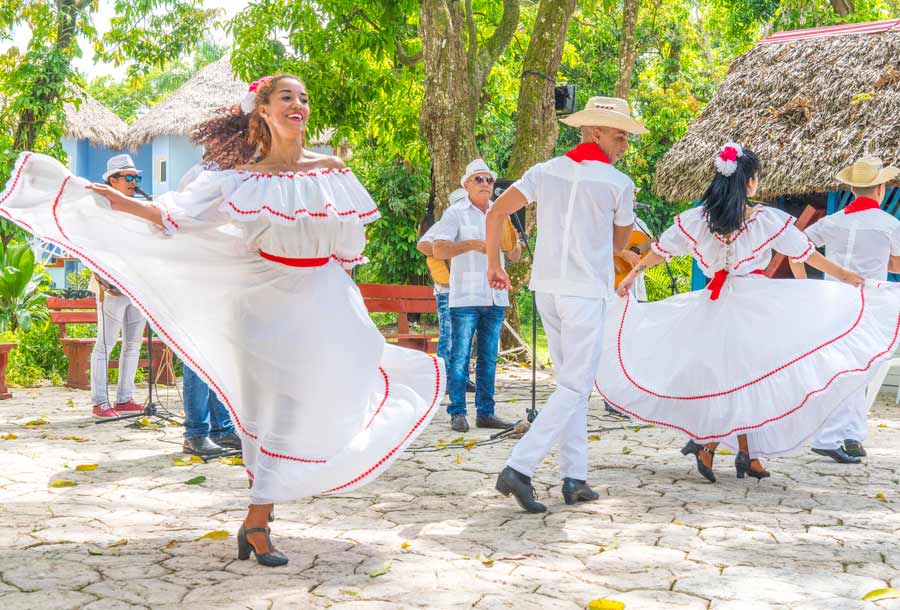
We might think of dance as a response to sound, and yet even people with hearing impairments can usually sense rhythm, especially with strong percussion such as drumming. Everyone has rhythm – even the smallest children want to dance when they feel it. This quotation from Abdul-Baha helps to explain this phenomenon:
Although sounds are but vibrations in the air which affect the ear’s auditory nerve, and these vibrations are but chance phenomena carried along through the air, even so, see how they move the heart. A wondrous melody is wings for the spirit, and maketh the soul to tremble for joy. – Selections from the Writings of Abdu’l-Baha
I recognize the universality of dance, but I didn’t know until very recently that April 29 is International Dance Day. Initiated in 1982 by the International Dance Committee of the UNESCO International Theatre Institute, the date aims to commemorate the birthday of French choreographer Jean-Georges Noverre, known for his reforms in ballet production. Significant as those reforms may be, let’s consider more broadly what dance means throughout the world.
Cultural Expression, Folk Celebrations, Ceremonies, and Rituals
In many cultures, dance is integral to occasions such as weddings, seasons such as harvest, and life events such as a youth’s coming-of-age. In some instances, the dance is performed by a costumed group; in other instances, all community members join in. Children grow up learning these dances as part of their identity and their cultural traditions.
Whether in a communal setting or as an individual action, dance is an art form, and as such can be practiced by anyone for countless reasons. Baha’u’llah, the prophet and founder of the Baha’i Faith, encourages participation in arts like dance:
Arts, crafts and sciences uplift the world of being, and are conducive to its exaltation. Knowledge is as wings to man’s life, and a ladder for his ascent. Its acquisition is incumbent upon everyone. – Epistle to the Son of the Wolf
Social Communication and Bonding
Dancers and choreographers recognize the power of dance to express emotion and to tell stories. With International Dance Day having its origins in honoring a ballet choreographer, we can accept the concept of communicating through movement. But what does movement mean?
I have seen dancers using their eyes, not just their bodies. As I think about this, I realize that truly everyone can dance. If someone is infirm or even paralyzed, they can dance with their face. Eyes, smiles, frowns, eyebrows, tongue clicking — whatever a person has can be used for dance. No one needs to be excluded.
Thou hast provided for all, conferrest life upon all, hast endowed each and all with talents and faculties. – Abdul-Baha, The Promulgation of Universal Peace
Expression of Life, Metaphor for Joy
Today is not only International Dance Day, but also one of the days within a dozen-day period of holy days for Baha’is around the world: the Twelve Days of Ridvan. Admittedly coincidental to UNESCO’s naming this day for dance, I nevertheless am thinking about a possible connection.
In case you wonder what the Twelve Days of Ridvan are, in brief we can say that Ridvan (translated from the original Persian language as “Paradise”) lasts 12 days and commemorates the Declaration of Baha’u’llah as God’s messenger for this day. Expressing Baha’u’llah’s revelation as the renewal of divine guidance, Abdul-Baha found a metaphorical connection between the founding of a new religion and dance:
The divine springtime was here, pitching its tents in this contingent world, so that all creation leapt and danced. – Selections from the Writings of Abdu’l-Baha
Imagine all creation leaping and dancing! A new revelation from God might be considered as creating vibrations that affect us and our environment in ways we cannot directly perceive. That being the case, dance becomes a response to changes in rhythm and movement.
… in this most momentous of ages, the Sun of Truth hath risen at the highest point of the spring equinox, and cast its rays on every clime, it shall kindle such tremulous excitement, it shall release such vibrations in the world of being, it shall stimulate such growth and development, it shall stream out with such a glory of light, and clouds of grace shall pour down such plentiful waters, and fields and plains shall teem with such a galaxy of sweet-smelling plants and blooms, that this lowly earth will become the Abha Kingdom, and this nether world the world above. – Abdu’l-Baha, Selections from the Writings of Abdu’l-Baha
Exercise, Healing, Stress Relief
Up until now I have been writing about dance as a cultural activity and as a response to grand events, so let’s bring it back to you and me — individuals with daily lives. Why dance? Well, as a starter, it’s great exercise. You don’t have to take classes, and you don’t even need a partner: Just get up and dance. Put on some music and move to it. If you feel self-conscious, close your eyes. You might begin by snapping your fingers, clapping, tapping your foot, or nodding your head. Then stand up and feel what happens. No one is watching, no one is judging. If I’m wrong and someone is watching, then invite them to join you (keeping a safe distance, of course).
Once these days of “physical distancing” are over with — and I truly believe they will end — you may want to sign up for classes or join a dance group. I look forward to returning to my weekly tap dance lessons and also swing dancing with my husband. But in the meantime, there is no reason why I cannot dance. It’s fun, it’s healing, and it relieves stress.
Next time you go outside, look at flowers dancing in the breeze. Hear insects buzz and birds flutter. Go ahead and dance with them, too.


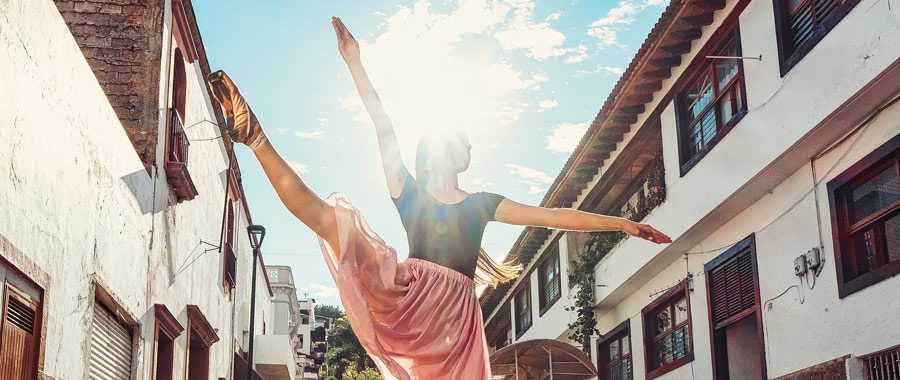

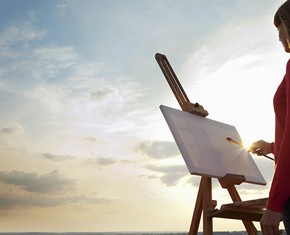
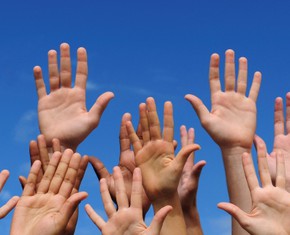
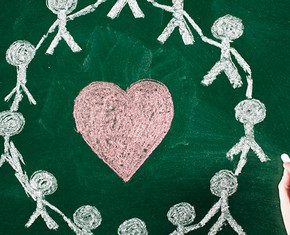









Comments
Sign in or create an account
Continue with Googleor